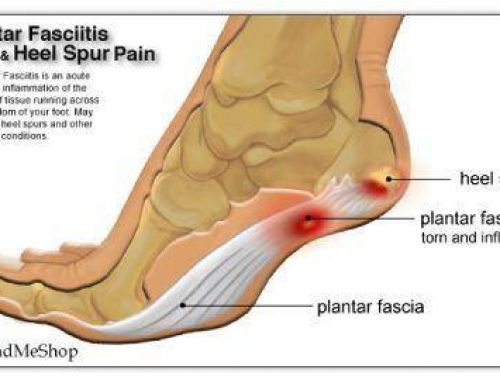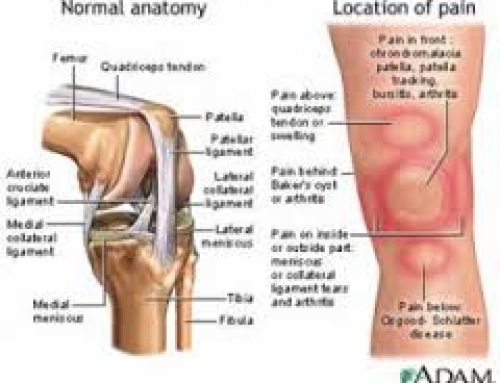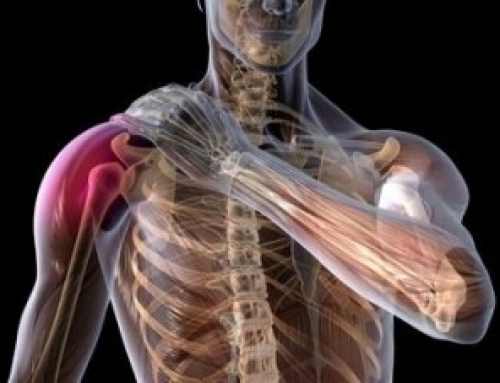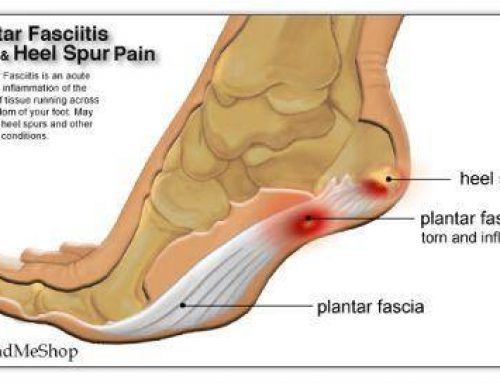Golfer’s elbow, or medial epicondylitis, is Tendonitis of the Medial Epicondyle of the elbow.
The anterior forearm contains several muscles that are involved with flexing the digits of the hand, and flexing and pronating the wrist. The tendons of these muscles come together in a common tendinous sheath, which originates from the medial epicondyle of the humerus at the elbow joint. In response to minor injury, or sometimes for no obvious reason at all, this point of insertion becomes inflamed.
Causes
The condition is called Golfer’s Elbow because in making a golf swing this tendon is stressed, especially if a non-overlapping (baseball style) grip is used; many people, however, who develop the condition have never handled a golf club.
It is also sometimes called Pitcher’s Elbow due to the same tendon being stressed by the throwing of objects such as a baseball, but this usage is much less frequent. Other names are Climber’s Elbow and Little League Elbow: All of the flexors of the fingers and the pronators of the forearm insert at the medial epicondyle of the humerus to include: pronator teres, flexor carpi radialis, flexor carpi ulnaris, flexor digitorum superficialis, and palmaris longus; making this the most common elbow injury for rock climbers, whose sport is very grip intensive. The pain is normally caused due to stress on the tendon as a result of the large amount of grip exerted by the digits and torsion of the wrist which is caused by the use and action of the cluster of muscles on the condyle of the ulna.
Epicondylitis is much more common on the lateral side of the elbow (tennis elbow), rather than the medial side. In most cases, its onset is gradual and symptoms often persist for weeks before patients seek care.
In golfer’s elbow, pain at the medial epicondyle is aggravated by resisted wrist flexion and pronation, which is used to aid diagnosis. On the other hand, tennis elbow is indicated by the presence of lateral epicondylar pain precipitated by resisted wrist extension.
Treatment
We recommend 3-4 sessions of Shockwave Therapy, the sonic wave produced through the Shockwave machine, creates blood flow which the tendon is lacking in which in turn promotes healing. For more information call 0404 80005.







